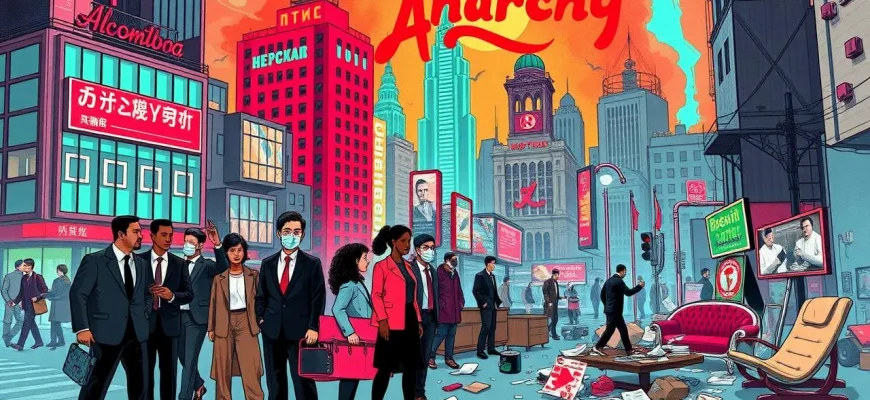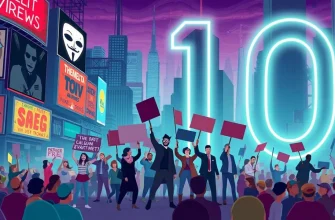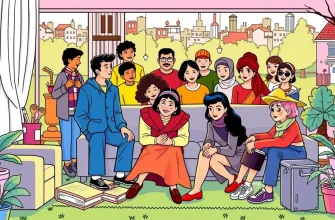This curated collection of Soviet films delves into the theme of anarchy, presenting narratives that challenge the established order and explore the chaos that ensues. These films provide a fascinating insight into the Soviet Union's cinematic exploration of rebellion, societal upheaval, and the quest for freedom, offering viewers a unique perspective on the complexities of human nature and political systems.
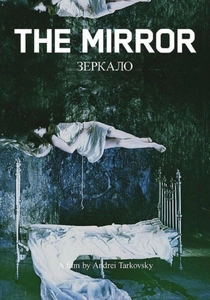
The Mirror (1975)
Description: Tarkovsky's semi-autobiographical film explores personal and societal anarchy through a non-linear narrative, reflecting on the chaos of memory and history.
Fact: The film was initially met with mixed reactions but has since been recognized as a masterpiece of world cinema.
 Watch Now
Watch Now
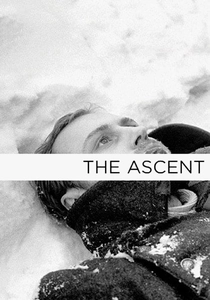
The Ascent (1977)
Description: This harrowing tale of two Soviet partisans during WWII captures the essence of anarchy as they face betrayal and moral dilemmas in their fight against the Nazis.
Fact: Larisa Shepitko, the director, tragically died in a car accident shortly after the film's release.
 Watch Now
Watch Now
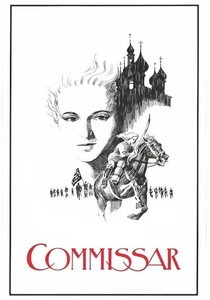
The Commissar (1967)
Description: Set during the Russian Civil War, this film portrays the life of a female commissar who must confront her own ideals when she is forced to stay with a Jewish family, highlighting the personal chaos within larger societal anarchy.
Fact: The film was banned in the Soviet Union for 20 years due to its perceived anti-Soviet themes.
 Watch Now
Watch Now
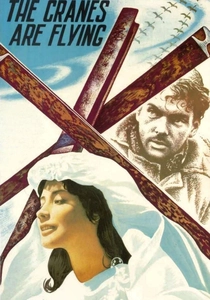
The Cranes Are Flying (1957)
Description: This war drama explores the personal anarchy that results from the chaos of war, focusing on the lives of civilians left behind.
Fact: It won the Palme d'Or at the Cannes Film Festival in 1958, marking a significant achievement for Soviet cinema.
 30 Days Free
30 Days Free
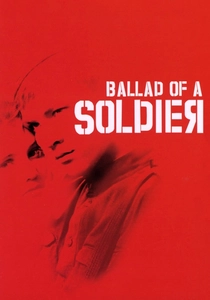
The Ballad of a Soldier (1959)
Description: While not directly about anarchy, the film's depiction of a young soldier's journey home during WWII reflects the chaotic and anarchic state of war-torn Soviet Union.
Fact: The film was nominated for an Academy Award for Best Original Screenplay.
 30 Days Free
30 Days Free
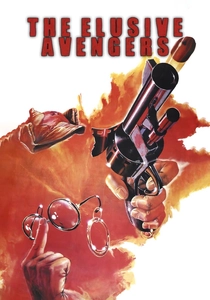
The Elusive Avengers (1967)
Description: This adventure film follows a group of young partisans during the Russian Civil War, embodying the spirit of anarchy through their fight against the White Army.
Fact: The film was so popular that it spawned two sequels, and its theme song became a cultural phenomenon in the USSR.
 30 Days Free
30 Days Free
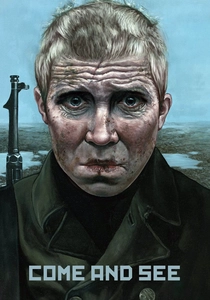
Come and See (1985)
Description: A brutal portrayal of the Eastern Front during WWII, this film captures the anarchic nature of war through the eyes of a young Belarusian boy.
Fact: The film's title is derived from the Book of Revelation, reflecting its apocalyptic theme.
 30 Days Free
30 Days Free

The Irony of Fate (1976)
Description: Although primarily a romantic comedy, the film's premise of identical apartment blocks across the USSR hints at the uniformity and potential for chaos within a seemingly ordered society.
Fact: It became a New Year's Eve tradition in Russia, with millions watching it annually.
 30 Days Free
30 Days Free

The Fall of Berlin (1949)
Description: This epic war film, while celebrating the Soviet victory, also subtly portrays the anarchy and chaos of the final days of WWII in Berlin.
Fact: It was one of the first Soviet films to be shown in the West after the war.
 30 Days Free
30 Days Free

The Red Tent (1969)
Description: This film, based on the true story of the airship Italia's crash, explores themes of survival and human nature in an anarchic environment.
Fact: The film features an international cast, including Sean Connery, reflecting the global interest in the story.
 30 Days Free
30 Days Free

